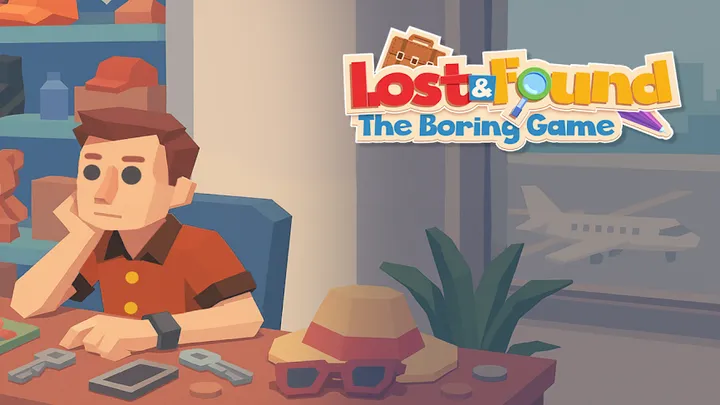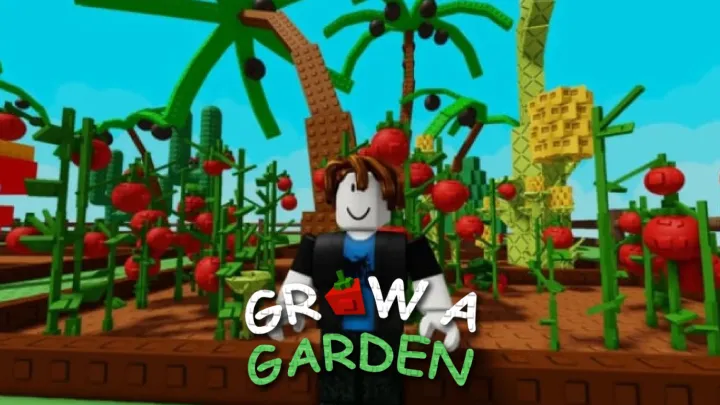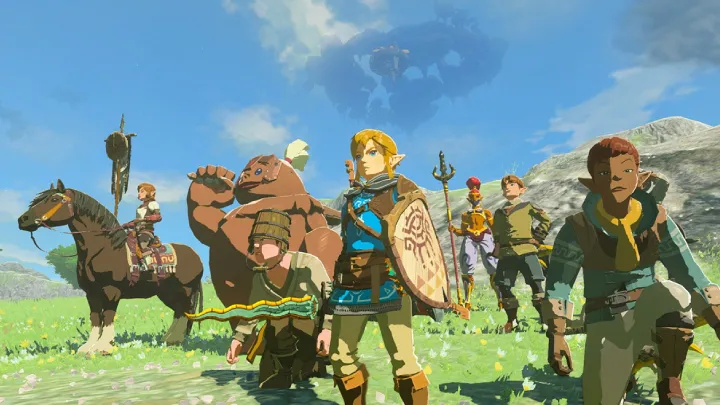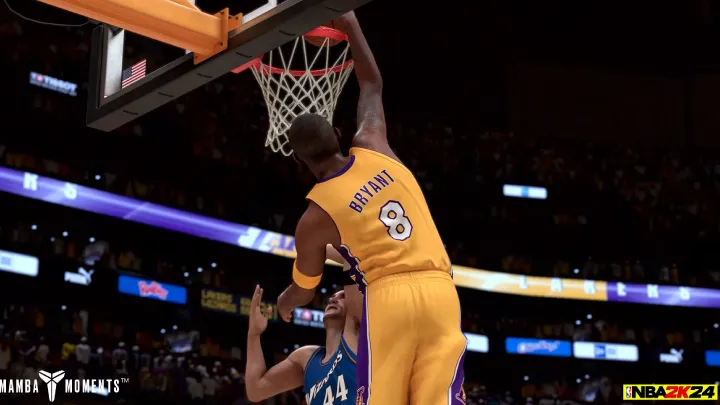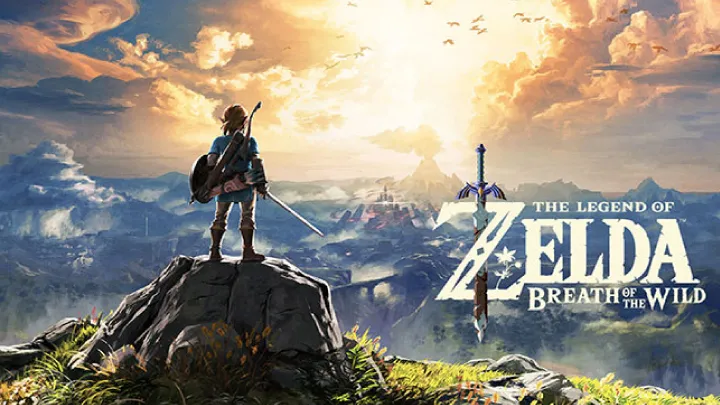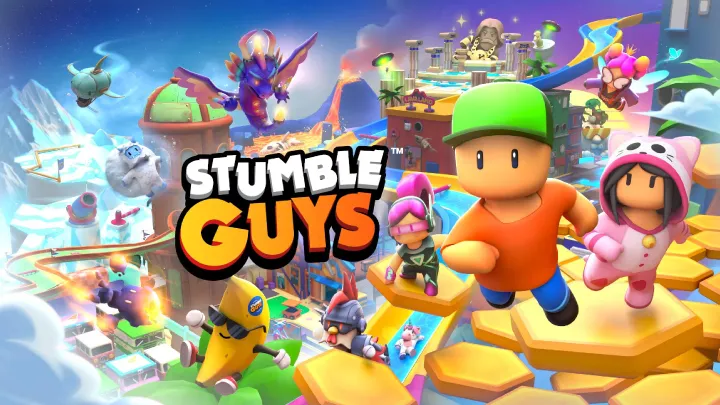The Legend of Zelda: Comprehensive Tips & Guides for Adventurers
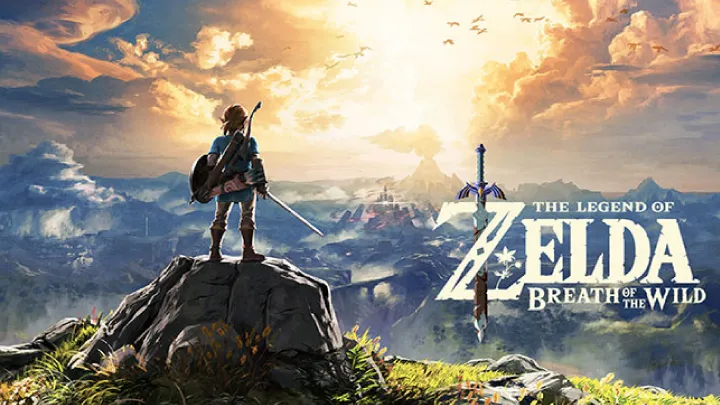
The Legend of Zelda franchise is more than just a game series; it’s an adventure spanning decades of innovation, exploration, and discovery. Each installment challenges players with intricate dungeons, puzzles that test logic, and battles that demand both skill and strategy. While every Zelda game has its unique style and mechanics, the core philosophy remains the same: exploration, curiosity, and mastery of tools. This guide goes deeper than simple advice, offering a long-form exploration of strategies, methods, and tips for maximizing your experience across the Zelda franchise, from classic entries to modern open-world adventures.
Understand the Heart of Exploration
Exploration is not just an optional mechanic in Zelda—it’s the very foundation of the series. The games reward curiosity, so you should approach the world as though everything might hide a secret. In older Zelda games, cracked walls and hidden caves often contained powerful items, while in Breath of the Wild or Tears of the Kingdom, environmental interaction expands exploration possibilities even further.
Players should:
- Always carry bombs or equivalent items for testing walls.
- Interact with suspicious statues, markings, or oddly placed objects.
- Experiment with climbing or gliding in modern entries to discover shrines or Korok puzzles.
The joy of Zelda exploration lies in its unpredictability. Sometimes a side path leads to a heart piece, while other times it leads to a mini-dungeon or rare treasure. Always explore thoroughly.
Mastering Dungeon Structures
Dungeons are at the core of Zelda. They are not random mazes but carefully designed experiences where each room builds on previous mechanics. Typically, dungeons include:
- Exploration and minor puzzles.
- Acquisition of a unique dungeon item.
- Puzzles that use this new item to unlock further progress.
- A final boss that requires mastery of the dungeon’s item.
Understanding this flow helps players anticipate solutions. For example, if you receive a hookshot, expect puzzles involving distant platforms and a boss that exposes a weak spot reachable only with that tool.
Pro Tip: Revisit earlier dungeon rooms after acquiring the dungeon’s key item—sometimes previously unsolvable puzzles reveal optional rewards.
Inventory and Resource Management
Items are the tools of progress in Zelda, and how you use them often determines your success. Early games limited bombs and arrows, while modern titles like Breath of the Wild push resource management further with weapon durability. To avoid frustration:
- Save your strongest items for difficult fights.
- Use common weapons or bombs for weaker enemies.
- Always stock up before a dungeon; running out of arrows during a boss fight can leave you unprepared.
In newer games, experiment with item synergy. Combining fire arrows with explosive barrels or using Cryonis to create ice platforms across rivers opens creative solutions.
Combat Mastery: Strategy over Button Mashing
Every Zelda enemy, from a weak Bokoblin to a towering Lynel, has a pattern. Observing enemy behavior before attacking recklessly is key. Use shields, dodges, and timing instead of relying solely on attacks.
Boss Strategies:
Most bosses follow a three-phase design. They expose a weak spot, require a specific item for vulnerability, and escalate aggression in later phases. Memorizing attack patterns and using your dungeon item at the right moment leads to victory.
Mini-Bosses:
Mini-bosses often guard key items or rooms. Treat them as practice for the main boss—understanding their mechanics makes the later fight easier.
Navigating with Maps and Clues
In classic Zelda games, finding the dungeon map and compass was essential for progression. The map reveals structure, while the compass highlights treasure and the boss key. Although newer games like Breath of the Wild integrate maps differently, navigation remains crucial.
Tips for effective navigation:
- Mark suspicious areas on the map for later return.
- Remember visual landmarks like statues or trees to avoid getting lost.
- Revisit earlier regions with new items—Zelda frequently hides rewards in areas that seemed impossible before.
Puzzles: Thinking Outside the Box
Zelda puzzles range from simple block-pushing to multi-step mechanisms requiring creative use of items. One of the franchise’s greatest strengths is making puzzles intuitive yet rewarding. When stuck, ask:
- What new item have I obtained recently?
- Is there an environmental clue I’ve missed (torches, switches, statues)?
- Could the solution involve timing or sequencing rather than brute force?
In open-world entries, puzzles often allow multiple solutions. A shrine puzzle in Breath of the Wild might be solved traditionally—or bypassed using metal objects and Magnesis. Always experiment.
Side Quests and Optional Adventures
While the main quest leads to Ganon or other villains, side quests enrich Zelda’s world. They often provide:
- Heart pieces for increased health.
- Unique items (like masks in Majora’s Mask).
- Expanded lore and character depth.
Do not ignore side quests. Sometimes, they unlock game-changing tools. For example, in Ocarina of Time, the Biggoron Sword quest grants one of the strongest melee weapons.
Advanced Tips for Modern Zelda Games
With Breath of the Wild and Tears of the Kingdom, Zelda embraced open-world systems with unprecedented freedom. Players must adapt traditional strategies to a new sandbox.
Physics Exploits:
- Use Stasis on objects, hit them multiple times, and release to create high-speed projectiles.
- Combine materials to build weapons or vehicles with Ultrahand.
Survival Mechanics:
- Cook meals for buffs such as extra stamina or cold resistance.
- Gather and fuse weapons to deal with durability limitations.
Combat Techniques:
- Perfect dodge followed by a flurry rush can turn battles against stronger foes.
- Use elemental effects—electric weapons disarm enemies, fire spreads across grass, and ice freezes foes.
Secrets, Hidden Items, and Easter Eggs
The Legend of Zelda thrives on hidden content. Some of the most memorable discoveries are optional secrets:
- Bombable walls that open to fairy fountains.
- Hidden grottos with rupees or rare items.
- Easter eggs referencing earlier Zelda titles.
Players should always test suspicious areas. Even in modern games, experimentation often leads to unexpected rewards.
Long-Term Progression and Player Mindset
Zelda games are not about speed but about steady progression. The best approach is patience, curiosity, and persistence. Mistakes are part of the process, and every dead end teaches something. Over time, players gain mastery not only of the game but of Zelda’s design philosophy.
Mindset Tips:
- Don’t fear failure—dying in Zelda often teaches what not to do.
- Embrace experimentation—the “wrong” approach may reveal new strategies.
- Enjoy the journey, not just the destination—Zelda is about discovery, not rushing to the final boss.
Conclusion
The Legend of Zelda is a timeless franchise because it encourages exploration, creativity, and problem-solving. Success in Zelda isn’t about overpowering enemies with brute force but about using observation, curiosity, and intelligence. By mastering exploration, understanding dungeon design, managing resources, and embracing experimentation, players can unlock the full magic of Zelda’s world. Each installment—from the pixelated 1986 original to the expansive open worlds of modern entries—teaches lessons in patience, problem-solving, and the joy of discovery.
The true secret of Zelda isn’t just defeating Ganon; it’s learning how to see the world differently, to value exploration and curiosity, and to embrace the spirit of adventure.
